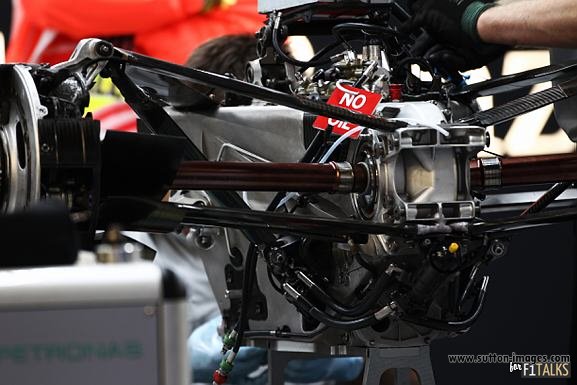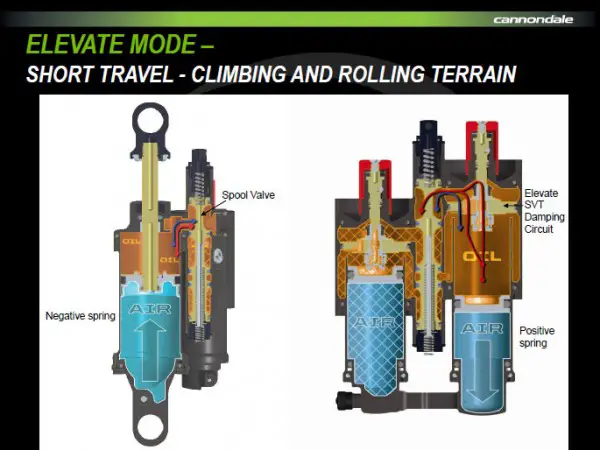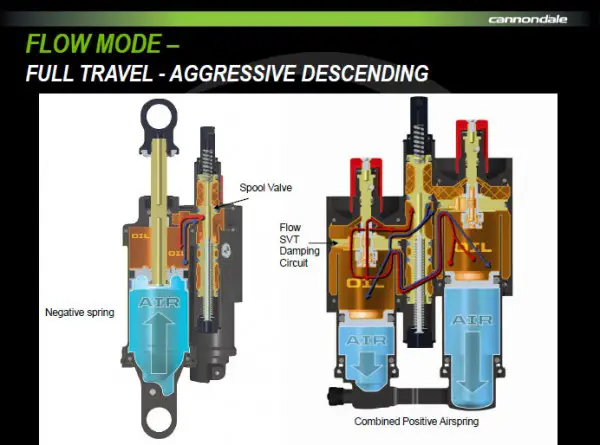No disrespect to scarbs, but he's not knowledgeable on the subject of suspension clearly, neither vibration theory.
He's simply going off what he reads or is told. So i wouldn't really take his words seriously. He's doing enough for the layman to have an idea how the system may work, even though he's not 100% correct.
Until you have an engineer writing articles you wont get much insight into formula 1 technology.
Why would one believe that there are no springs on this setup?
Or dampers?
I am looking at the damper, it's colinear with the pull rod.

Also a damper doesn't have to look like a typical damper, it only needs to be a device that does the same thing, so if it is hydraulic, aren't most dampers used hydraulic dampers anyway? See what i'm saying.
I think if we want to figure out this FRIC thing, first we need to write down what it is we want to acheive from the F1 car suspension wise, then look on what the current none Fric system offers and what limitations it has.
After finding out the limitations, you then devise what is to be done to to reach our goals in what we want the suspension to do.
Then finally you design a system with equivalent hydraulic components and that's your FRIC.
It's to fill in those gaps that the unconnected system has.






